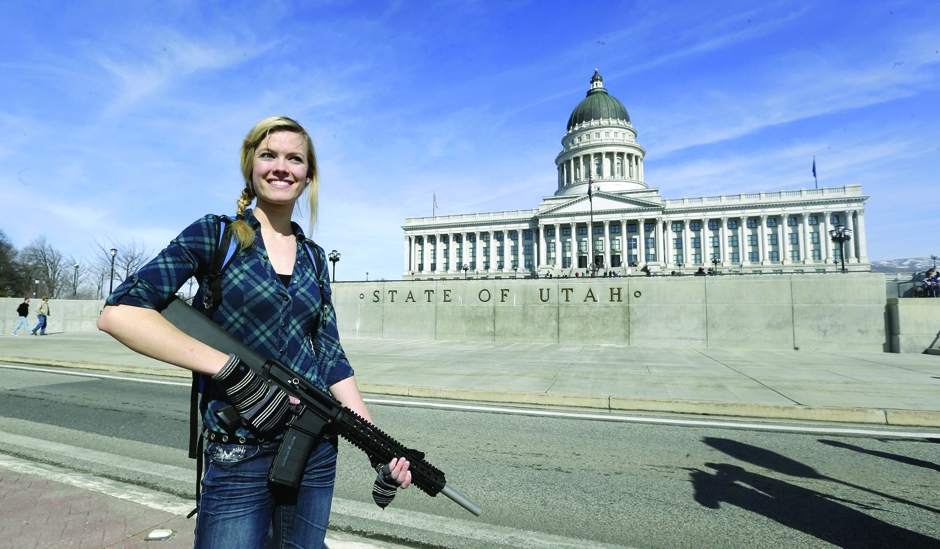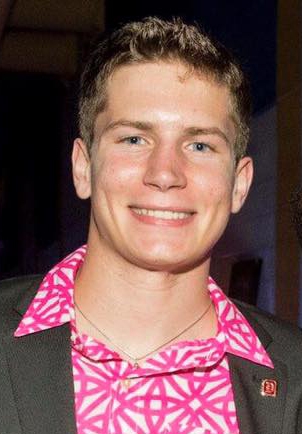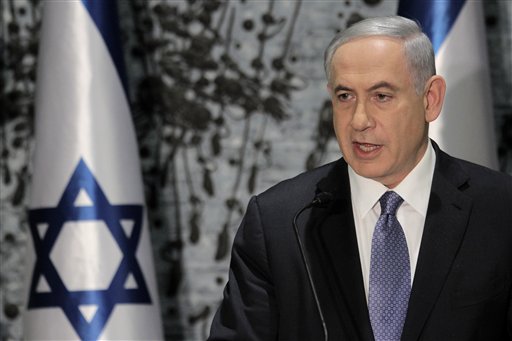11/15/2018
By Mitchell Taylor | Staff Columnist
CNN has come under fire for the actions of its chief White House correspondent, Jim Acosta, following an unusually heated press conference. Videos of the event show a persistent Acosta refusing to give up the microphone to the White House intern, despite President Trump’s repeated demands to do so. After he finally acquiesces, Trump proceeds to tell him that he is “a rude and terrible person” and that he “shouldn’t be working for CNN.”
The barrage of insults—and his subsequent attack on CNN—should come as no surprise to those who are familiar with Trump’s belligerent behavior. After reviling Acosta for lacking moral integrity, Trump goes on to claim that “when you report fake news, which CNN does a lot, you are the enemy of the people.” It’s easy to spot the irony in Trump’s self-contradictory statements, first claiming that Acosta is not worthy of working for CNN and then undermining the network’s credibility by accusing it of frequently reporting fake news.
The real perpetrator of fake news though seems to be Infowars editor Paul Joseph Watson, who released a different version of the original video. In it, Acosta appears to swiftly strike the intern’s arm away after she reaches for the microphone. Naturally, the White House pounced on the opportunity to defame Acosta by portraying him as having taken the exchange to a physical level. White House Press Secretary Sarah Huckabee Sanders tweeted the altered video the following day, asserting that “[w]e will not tolerate the inappropriate behavior clearly documented in this video.” This video also conveniently omits the part where Acosta says “Pardon me, ma’am” to the intern. Despite the video’s dubiousness, it is unclear whether the original was deliberately doctored. In an interview with Buzzfeed, the Infowars editor Watson argued to the contrary: “Fact is, Daily Wire put up a gif, I download a gif, zoomed in saved it again as an mt2 file – then converted it to an mp4. Digitally it’s gonna look a tiny bit different after processing and zooming in, but I did not in any way deliberately ‘speed up’ or ‘distort’ the video. That’s just horse shit.”
Even if deliberate doctoring of the video cannot be proven, the ease with which many accepted it as valid confirms that the rampant propagation of fake news in this country needs to be earnestly acknowledged. I don’t believe that Sanders knew that the video she was tweeting was not the original one. I may very well be wrong, naïve even, for thinking this. But it seems more likely to me that Sanders was simply another victim of fake news, one who clumsily accepted information without questioning its origins.
Granted, her subconscious search for information that supported her opinions was almost certainly a factor in this, but this is yet another symptom of those who fall prey to fake news. Too many people are either ignorant of their confirmation bias or are stubbornly unwilling to acknowledge it.
Each scenario is equally pernicious, as it condemns its victim to obtuseness and gullibility. Anyone who researches anything must consider the credibility of the source, which can be done in several ways.
The most obvious strategy is to consider the reputation of the source. Is it a nationally recognized network such as CNN? Or is it some blogger with unrealistic aspirations of becoming a renowned journalist? Likewise, consider who the author is. Is it a renowned journalist with professional credentials and an abundance of experience? Or is it that aspirational blogger who most likely cannot be trusted? A way of judging the credibility of the article itself is by looking for clearly biased words or phrases. If the author suggests that the subject of discussion is either good or bad, for example, this should immediately alert you to the fact that the article is not entirely factual, if at all. It could also simply mean that you are reading an opinion piece, like the one you’re reading now (hopefully you’ve noticed). Whatever the case, be wary of the information you are given. Reluctance to believe something with scant evidence is far safer than ready acceptance of it.
In review of the press conference feud, it is also important to note that Jim Acosta was not without error. His ostensible questions were in fact devious criticisms of the president’s policies and statements, statements which required no clarification. Acosta partook in an unprofessional form of journalism that seeks to interrogate rather than inquire. What’s more, he defied the president’s repeated demands to cease his line of questioning, and he resisted the White House intern’s attempts to take the microphone from him. It is of course a journalists’ job to press for information; it’s in the name. However, with that freedom also comes the responsibility of recognizing when to desist.
It is tempting for us Trump critics to dismiss his statements and to focus solely on his wrongdoings. It is necessary, though, to be aware of our confirmation bias and to confront it, rather than stubbornly deny its existence. If we acknowledge only our opponent’s mistakes, we strengthen their conviction that we are, in Trump’s words, “the enemy of the people.” Admit your errors, and you may just show your seeming enemy that you often want the same thing that they do—you just see a different way of getting it.




